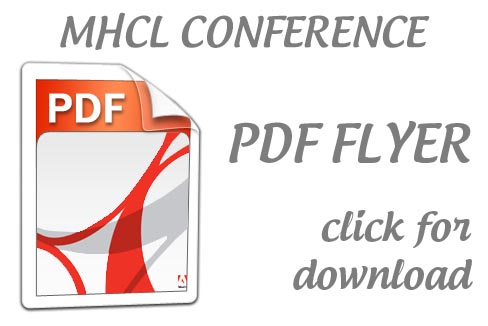Dragan D. Stamenković
Teaching Assistant
University of Belgrade
Faculty of Mechanical Engineering
Vladimir M. Popović
Associate Professor
University of Belgrade
Faculty of Mechanical Engineering
Marko A. Tirović
Reader in Automotive Engineering
Cranfield University
School of Engineering
Ivan A. Blagojević
Assistant Professor
University of Belgrade
Faculty of Mechanical Engineering
Teaching Assistant
University of Belgrade
Faculty of Mechanical Engineering
Vladimir M. Popović
Associate Professor
University of Belgrade
Faculty of Mechanical Engineering
Marko A. Tirović
Reader in Automotive Engineering
Cranfield University
School of Engineering
Ivan A. Blagojević
Assistant Professor
University of Belgrade
Faculty of Mechanical Engineering


